Research Highlights: Guanidinium Doping Enabled Low-temperature Fabrication of High-efficiency All-inorganic CsPbI2Br Perovskite Solar Cells
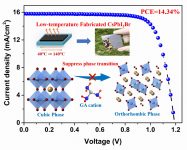
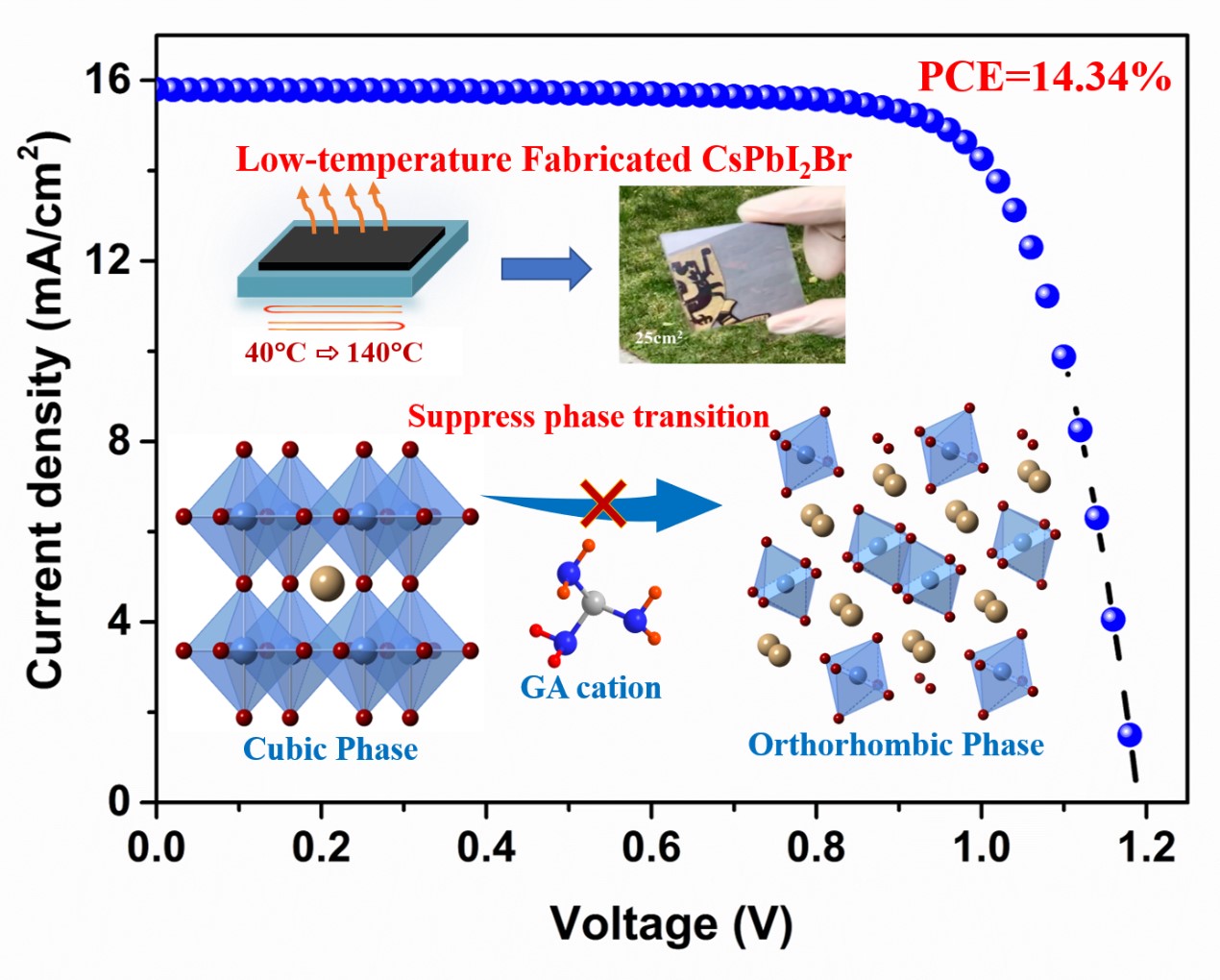
All-inorganic perovskites, such as CsPbI2Br, have attracted increasing attention because of its potentially better thermal stability. However, a high-quality CsPbI2Br perovskite film usually requires a high fabrication temperature (> 200 ºC) and suffers from unwanted phase transition from a photo-active cubic phase to a photo-inactive orthorhombic phase.
In this work, we present a brand-new means to simultaneously stabilize the photo-active cubic phase and lower the fabrication temperature of perovskite solar cells with guanidinium cations (GA) doping.… Read More




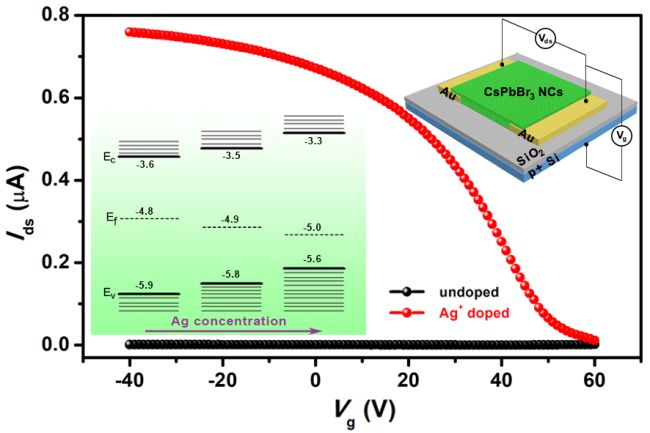
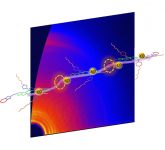

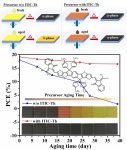
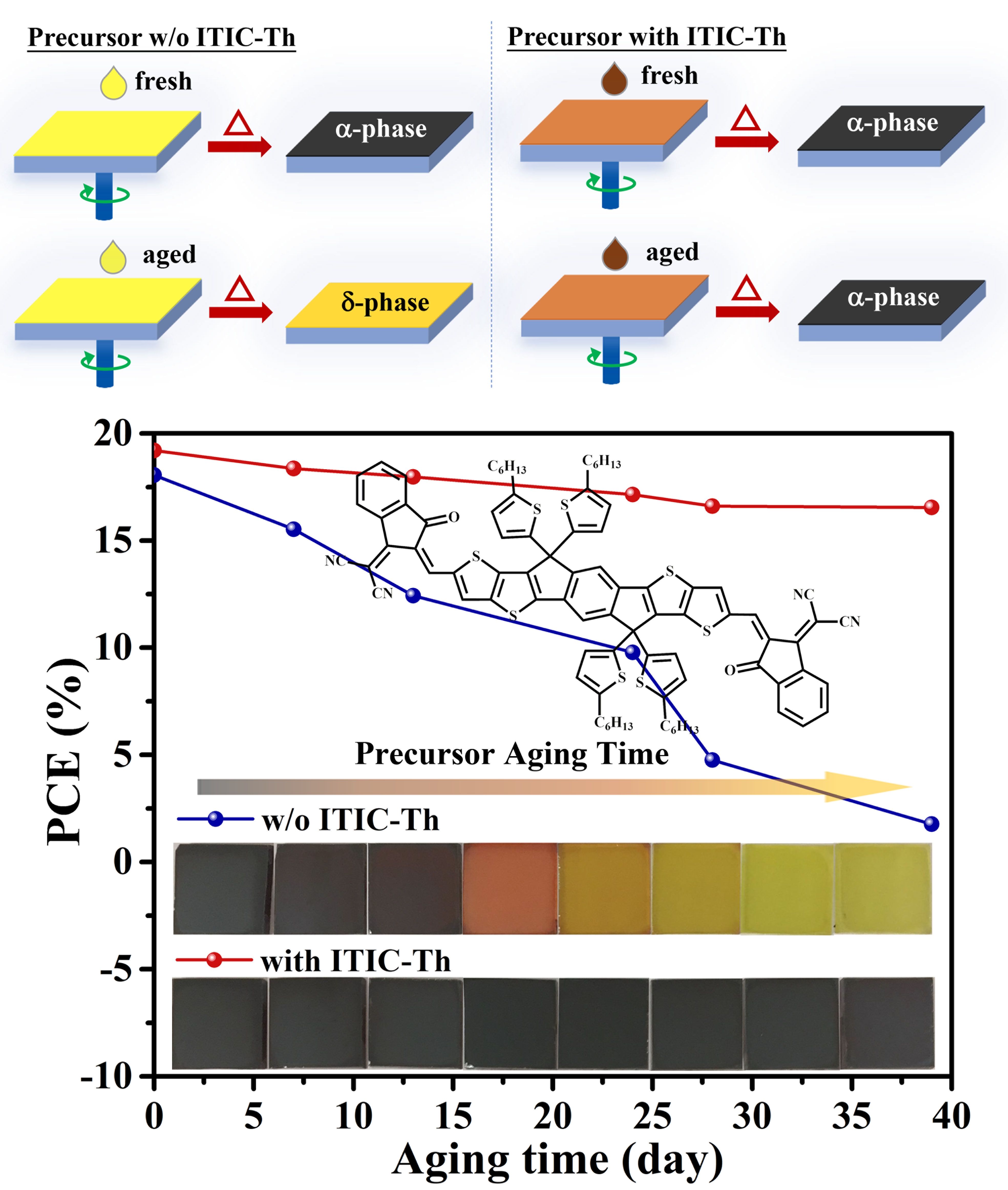

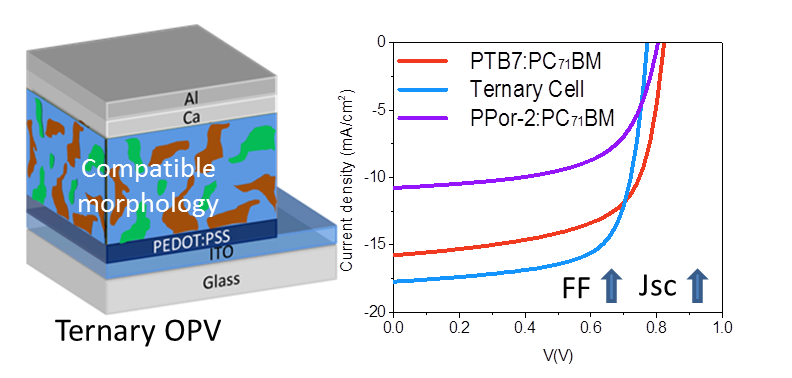
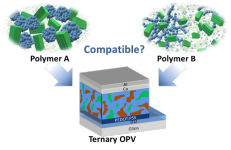
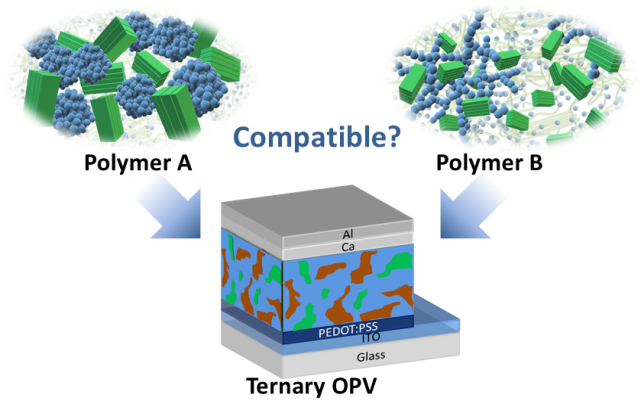 Ternary organic solar cells are emerging as a promising strategy to enhance device power conversion efficiency by broadening the range of light absorption via the incorporation of additional light-absorbing components. However, how to find compatible materials that allow comparable loadings of each component remains a challenge. In this article, we focus on studying the donor polymer compatibilities in ternary systems from a morphological point of view.…
Ternary organic solar cells are emerging as a promising strategy to enhance device power conversion efficiency by broadening the range of light absorption via the incorporation of additional light-absorbing components. However, how to find compatible materials that allow comparable loadings of each component remains a challenge. In this article, we focus on studying the donor polymer compatibilities in ternary systems from a morphological point of view.…